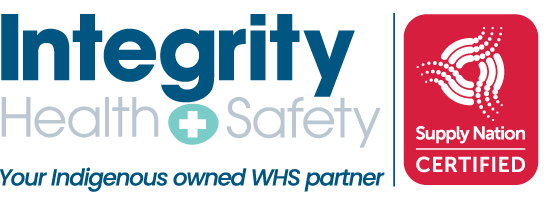Defibrillators in public places can mean the difference between life and death for anyone who might fall victim to out-of-hospital sudden cardiac arrest (SCA).
Picture this: You’re taking a stroll in the park with your mother, father, partner, or a friend. Suddenly they collapse, and you or the bystanders surrounding you have no idea what’s going on. Someone calls an ambulance, and no one knows what’s going on or how to remedy the situation.
The feeling of helplessness begins to overwhelm you as you wait for help to come, not realising with each minute that passes by, your loved one’s chances of survival declines by approximately 5% to 10%.
The chances of anyone ever needing to use an automated external defibrillator (AED) is one in five years. This may seem a slim probability; but when a person’s life is at stake, we should never take our chances.
What is an AED (defibrillator)?
An automated external defibrillator or AED is a sophisticated, computerised device that requires a user minimal training to operate it to shock a fibrillating heart back to its normal rhythm.
It is a kind of portable defibrillator that is ideal for non-hospital settings like public spaces to save the life of someone who is having an out-of-hospital sudden cardiac arrest.
Increasing awareness on public access defibrillators
Most people are still quite in the dark about the grim statistics of sudden cardiac arrests and how bystander action in an event of one is critical to saving lives.
What is more challenging is that they also are not aware of public access defibrillators or how exactly they work. Over the years there had been many campaigns, both initiated by the government and private groups to spread awareness on and make access to a public defibrillator mainstream.
Original Yellow Wiggle Greg Page, who himself was a survivor of sudden cardiac arrest, is one of the celebrated pop culture figures who actively campaigns for more public access defibrillators via his initiative Heart of the Nation.
Watch the video below as Page tells his story and reiterates the importance of getting access to a public defibrillator.
Why are defibrillators in public places crucial to saving lives?
It may be a bleak thing to say, but anyone can unexpectedly drop dead at any time.
Public access defibrillators, along with the administration of CPR (cardiopulmonary resuscitation) within 3-5 minutes of collapse can revive someone from a sudden cardiac arrest. These two steps increase the chance of survival from 6% to 74%.
Placement of AEDs in certain public locations for immediate use could serve as the key intervention to dramatically increase survival from out-of-hospital cardiac arrest.
Can anyone use a defibrillator?
It is encouraged to train people on how to use an AED so they would know basic things like opening the airway and supporting ventilation and circulation with chest compressions when necessary.
However, modern AEDs are being produced with state-of-the-art technology. They now come with visual graphics and voice prompts that will tell the operator exactly what they need to do (whether they are doing chest compressions correctly or not, and if they should step back prior to the shock).
AEDs will promptly initiate diagnosis on heart activity to determine if an electrical shock is needed. They can be semi-automatic or fully automatic (no shock buttons). These features greatly empower bystanders with minimal training to respond quickly and effectively to a sudden cardiac arrest.
Where can I find a defibrillator near me?
If you find yourself asking “where is my nearest defibrillator?” the easy way to know is to determine your proximity to any one of the common public defib locations (listed below):
Another way to know where the closest defibrillator is to you is to or download the GoodSAM Defibrillocator phone app which helps you locate the nearest defibrillator based on your location.
Common public defib locations include:
-
- Emergency Medical Services (EMS) systems
- Near telephone booths
- Police departments
- Casinos
- Schools
- Public libraries
- Airport terminals
- Commercial aircraft
- Correctional facilities
- Shopping centres
- Public sports venues
- Golf courses
- Shelters
- Terminals
- Sporting clubs
- Fitness centres
- Gyms
- Community and senior centres
- Office buildings
Integrity Health & Safety: leading supplier of defibrillators in Australia
The team at Integrity Health & Safety, a Supply Nation certified Indigenous owned business, is able to advise on best practice for defibrillators as part of your home, community or workplace first aid kit preparedness and help to empower your staff to feel confident to act in an emergency.




Comments are closed.